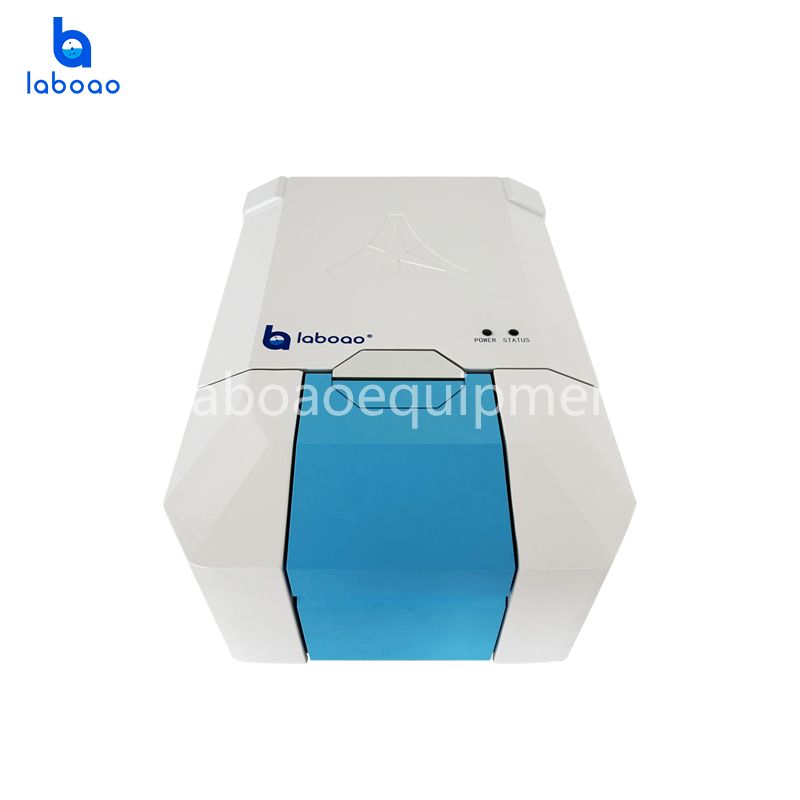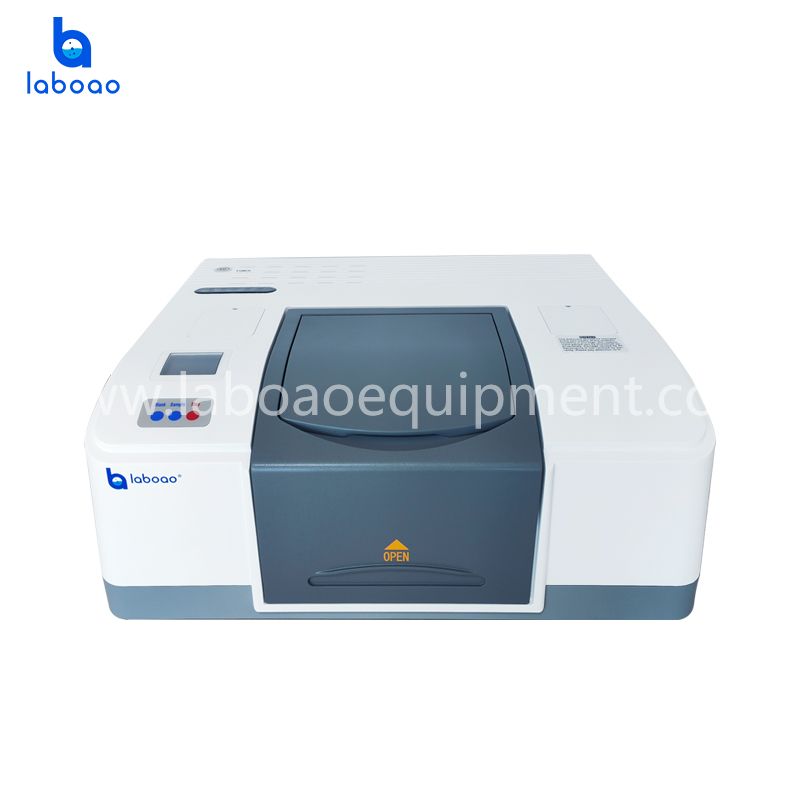Application Range Of Infrared Spectrometer
The scope of application of infrared spectrometer
Applied in dyeing and weaving industry, environmental science, biology, material science, polymer chemistry, catalysis, coal structure research, petroleum industry, biomedicine, biochemistry, pharmacy, basic research of inorganic and coordination chemistry, semiconductor materials, daily chemical industry and other research fields.
Infrared spectroscopy can be used to study the structure and chemical bonds of molecules, such as the determination of force constants and molecular symmetry, etc. The bond length and bond angle of molecules can be determined by using infrared spectroscopy, and the three-dimensional configuration of molecules can be deduced from this. According to the obtained force constants, the strength of chemical bonds can be deduced, and the thermodynamic functions can be calculated from the normal frequency. Some groups or chemical bonds in the molecule correspond to band wavenumbers in different compounds are basically fixed or only change within a small band range, so many organic functional groups such as methyl, methylene, carbonyl, cyano, Hydroxyl, amine groups, etc. have characteristic absorption in the infrared spectrum. Through the infrared spectrum measurement, people can determine which organic functional groups exist in the unknown sample, which lays the foundation for the final determination of the chemical structure of the unknown.
Due to intramolecular and intermolecular interactions, the characteristic frequency of organic functional groups will change slightly due to the different chemical environments in which the functional groups are located, which creates conditions for the study and characterization of intramolecular and intermolecular interactions.
Many normal vibrations of molecules in the low wave number region often involve all the atoms in the molecule, and the vibration modes of different molecules are different from each other, which makes the infrared spectrum highly characteristic like a fingerprint, called the fingerprint region. Taking advantage of this feature, people have collected infrared spectra of thousands of known compounds, stored them in the computer, and compiled them into a standard library of infrared spectra.
People only need to compare the infrared spectrum of the unknown substance with the spectrum in the standard library to quickly determine the composition of the unknown compound.
The development of contemporary infrared spectroscopy technology has made the significance of infrared spectroscopy far beyond the stage of simple routine testing of samples and thus inferring the composition of compounds. The combination of infrared spectrometer and other various testing methods has derived many new fields of molecular spectroscopy. For example, the combination of chromatography technology and infrared spectrometer has created opportunities for deepening the understanding of the chemical structures of various components in complex mixture systems; combining infrared spectrometer with Microscopic methods are combined to form infrared imaging technology for studying the morphological structure of heterogeneous systems. Since infrared spectroscopy can effectively distinguish different compounds using their characteristic bands, this method has a chemical contrast that is unmatched by other methods.










-analyzer-1695623743955.jpg)

